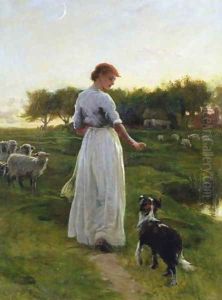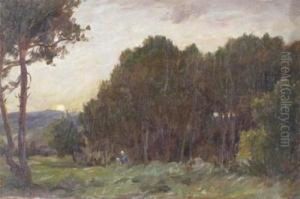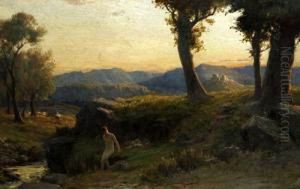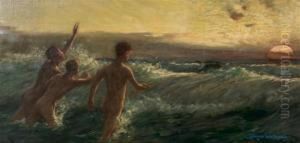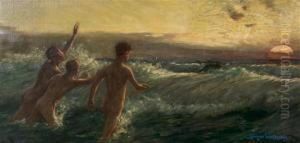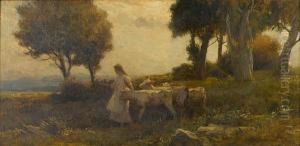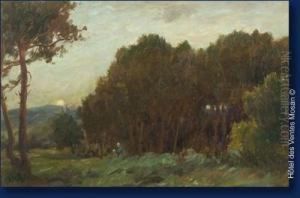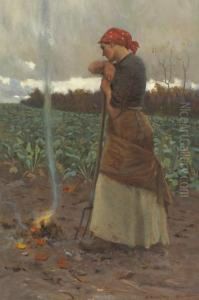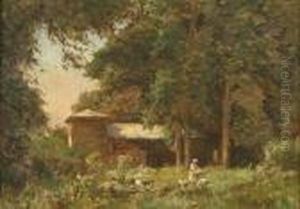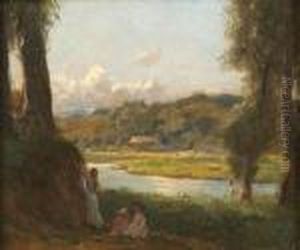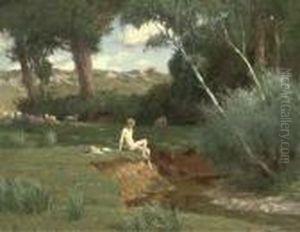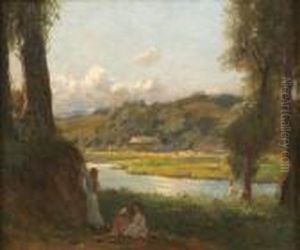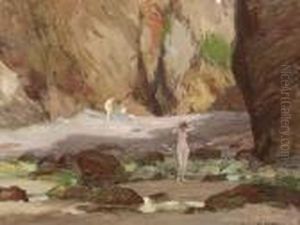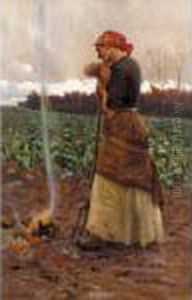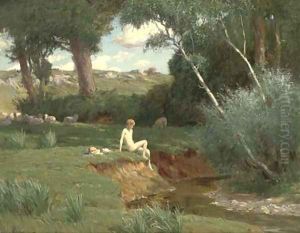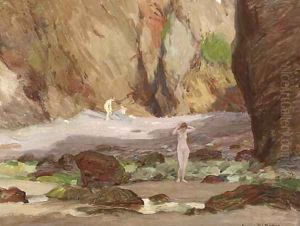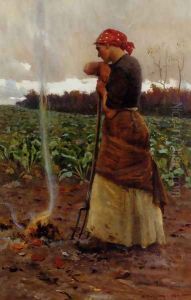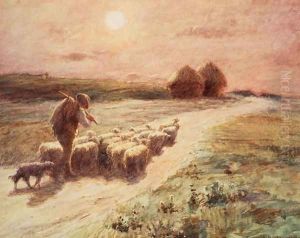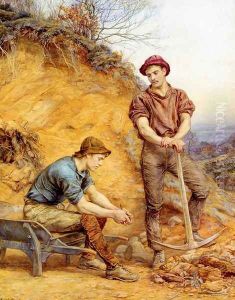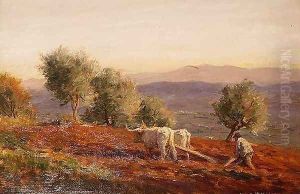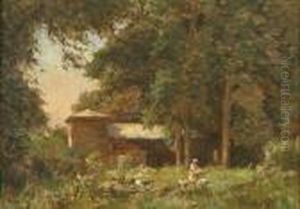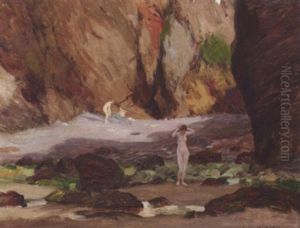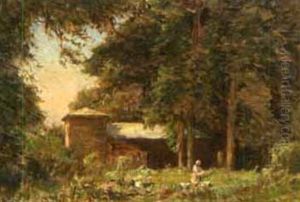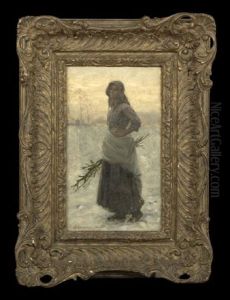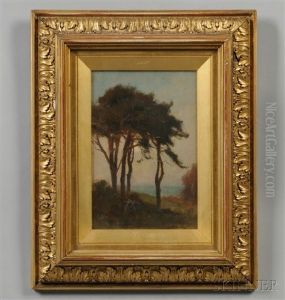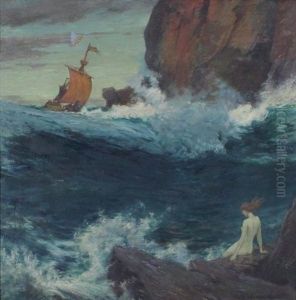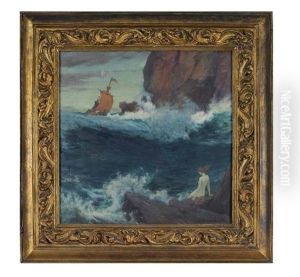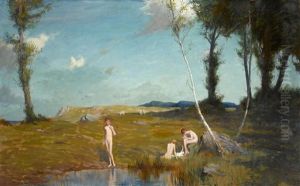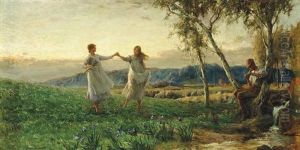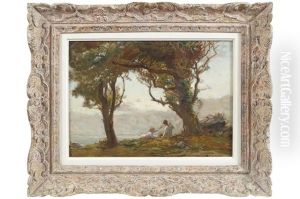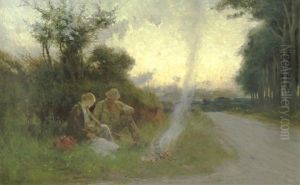George Faulkner Wetherbee Paintings
George Faulkner Wetherbee was an American impressionist painter, known for his landscape and genre paintings. He was born in 1851 in Rindge, New Hampshire, and demonstrated an interest in art from an early age. Wetherbee's talent was recognized when he was young, and he was encouraged to study art formally.
Wetherbee initially studied at the Lowell Institute in Boston, which was a part of the Massachusetts Institute of Technology at the time. He later moved to Europe to further his education in the arts. He spent a significant amount of time in Paris, where he studied at the prestigious École des Beaux-Arts under the tutelage of renowned artists such as Jean-Léon Gérôme and Léon Bonnat.
During his time in Europe, Wetherbee was heavily influenced by the Impressionist movement, which was then at its peak. He was particularly inspired by the works of Claude Monet and Camille Pissarro. Wetherbee's own style evolved to incorporate the impressionists' emphasis on light and color, and he became known for his ability to capture the atmospheric conditions of a scene.
Wetherbee traveled extensively throughout Europe, painting landscapes, rural scenes, and the daily life of the people he encountered. His work was exhibited in various venues, including the Paris Salon, where he received recognition and acclaim. Upon returning to the United States, Wetherbee continued to paint and exhibit his work, becoming a member of the American Watercolor Society and the Boston Art Club.
Despite his success, Wetherbee remained somewhat of an enigmatic figure in the art world, often avoiding the limelight and leading a private life. He died in 1920, leaving behind a legacy of work that contributes to the American Impressionist movement. His paintings are now held in several art collections and continue to be appreciated for their vibrant portrayal of the natural world and the simple charm of rural life.
